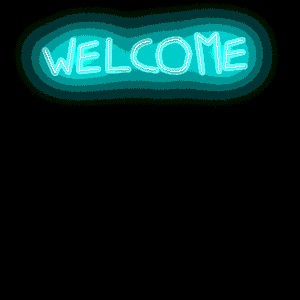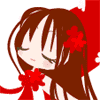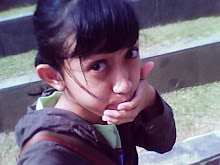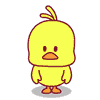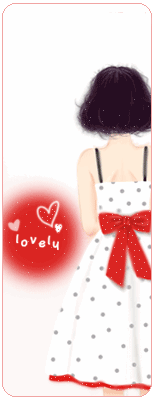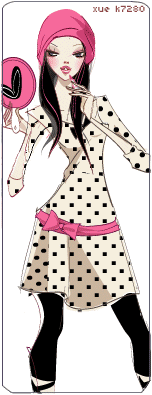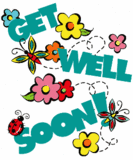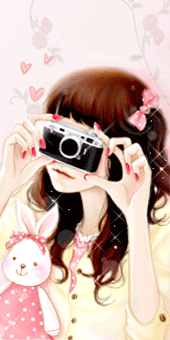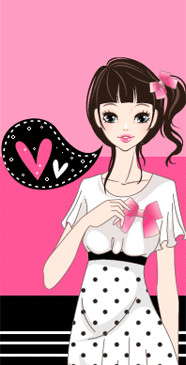
Mystery: The infamous photo of the Wem Ghost, showing a girl in the fire at Wem Town Hall in November 1995
It was an image hailed as compelling evidence for the existence of ghosts. As a town hall was being destroyed by fire, an apparition of a little girl - standing behind a rail and surrounded by flames - was apparently captured on camera.The picture was taken by Tony O'Rahilly, a sewage farm worker and keen photographer, as he stood across the road among a crowd watching the 90-year-old building in Wem, Shropshire, burn down in November 1995.
The legend of the Wem Ghost was born. But 15 years on, a pensioner has come forward to cast doubt on the spectre.
Brian Lear, 77, said the 'ghost' bears a distinct likeness to a girl standing in a doorway in a photo of Wem's high street. This was used on a postcard dating from 1922.
Mr Lear, a retired engineer from Shrewsbury, spotted the image when it was reproduced last week as part of a nostalgia item in a local paper.
'I was intrigued to find that she bore a striking likeness to the little girl featured as the Wem Ghost,' he said.
'Her dress, bonnet and ribbon appear to be identical.'
In 1995 the 'ghost' image created international headlines. There was local speculation that the girl was 14-year-old Jane Churm, who accidentally started a disastrous fire in Wem in 1677. The cause of the 1995 fire remains a mystery. Mr O'Rahilly died of a heart attack in 2005.
Local councillor Peggy Carson, who knew him, said she believed the stress caused by interest in his picture contributed to his death.
Local historian Tom Edwards, 69, said: 'He always maintained that the picture was genuine and I believe him.'
Photographic experts have suggested that the 'ghost' image was a trick of the light caused by the fire.
However, Greg Hobson, the curator of photographs at the National Media Museum in Bradford, said: 'The postcard offers pretty conclusive proof that this is a hoax.
'I think we can say the mystery has been solved.'
Mr Hobson said the technique used to produce the doctored photograph was probably similar to one used by Edwardian era mediums who purported to capture images of spirits with their relatives during the relatives' consultations as a way of boosting their credibility.
The mediums would first ask for a photograph of the deceased person, then take a picture of it in the back room. When the client returned later for a consultation, the image would already be partly exposed on to a glass plate.
Another picture would be taken of the client during the session and exposed on to the same plate, giving an image apparently showing the spirit of their relative visiting them during the seance.



